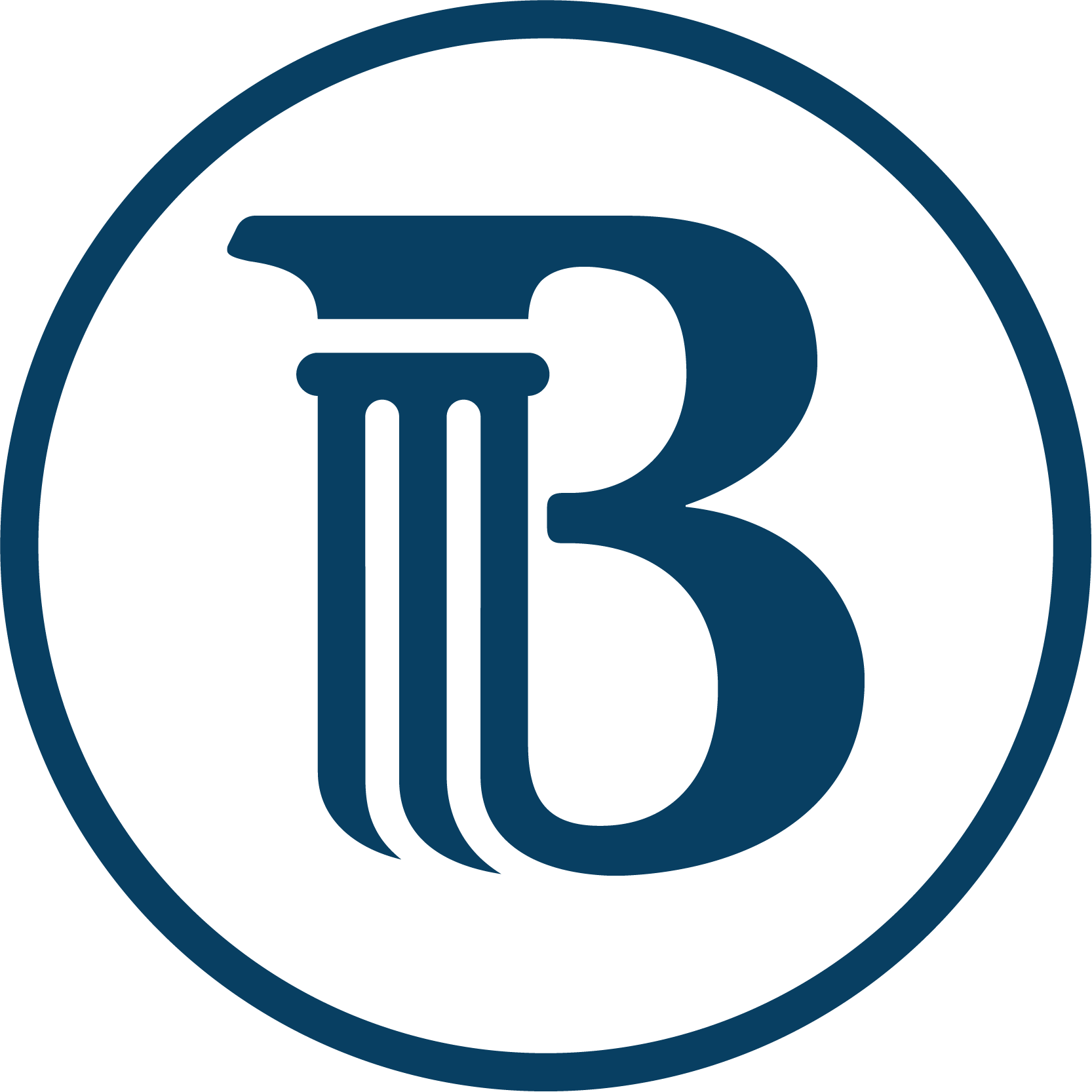Credit card fraud is a major issue that many consumers face, and skimming is one of the most common tactics used by fraudsters to steal sensitive credit card information. In fact, according to a recent analysis by FICO, U.S. card skimming grew by nearly 500% in 2022 and is showing signs it will grow even faster this year.

What is skimming?
Skimming is the process of stealing credit card information by capturing data from the magnetic stripe on the back of your card. The information stored on the stripe includes the credit card number, expiration date and other sensitive details that can be used to make unauthorized purchases or withdrawals.
Fraudsters typically try to access your information by installing skimming devices on payment terminals in high-traffic areas where people are likely to swipe their credit cards frequently. They tend to use sophisticated devices that are designed to blend in with the machine, making them difficult to detect. These devices can be attached to the card reader or placed over the top of the machine's existing card reader. When a customer swipes their card, the device captures the information stored on the magnetic stripe and sends it to the fraudster.
Where does skimming typically occur?
- ATMs: One of the most common places where skimming occurs is at ATMs. Fraudsters install skimming devices on ATMs that are located in remote or low-traffic areas, as these machines are less likely to be monitored by security cameras or other security measures.
- Gas pumps: Another place where skimming occurs often is at gas stations. Fraudsters place skimming devices on gas pumps that are located far away from the attendant, as these machines are less likely to be monitored.
- Retail stores: Retail stores are also common targets for skimming. In this case, skimmers might even use handheld skimming devices that can be concealed in a pocket or bag. If they are close enough, they can use these devices to scan the magnetic stripe on a customer's card while they are making a purchase. In each of these instances, the skimming device captures the card information and sends it to the fraudster, who can then use it to make unauthorized purchases.
How can you detect skimming?
There are several signs that you can look out for to detect skimming and protect your finances. These include:
- Loose card reader: If the card reader on an ATM or gas pump appears to be loose or wobbly, it may be a sign that a skimming device has been installed.
- Suspicious devices: If you notice any unusual devices attached to an ATM, gas pump or retail card reader, it may be a skimming device. Also, compare the card reader to the others at that location—does it look different? If so, it may be a skimming device.
- Signs of tampering: Make sure the gas pump panel is closed and doesn’t show signs of tampering. Many stations now put security seals over the cabinet panel. If the pump panel is opened, the label will read "void."
- Choose the appropriate transaction method: If you use a debit card at a gas pump, run it as a credit card instead of entering a PIN. That way the PIN is safe, and the money isn’t deducted immediately from your account. If you’re really concerned about skimmers, pay inside rather than at the pump. If neither of these options are available, chip and pin transactions are typically more secure than swiping.
- Check your statements regularly: Check your credit card statements regularly—at least monthly, if not weekly—to ensure that there are no unauthorized charges. If you notice any unauthorized charges on your credit card statement, it may be a sign that your card information has been skimmed. According to the Federal Trade Commission, one of the best ways to catch identity theft is to check your credit report regularly at www.annualcreditreport.com.
If you notice anything suspicious about a credit card terminal, notify a staff member so they can investigate and ensure the safety of your transaction.
If you think you might be a victim of fraud on a Busey account, contact your local service center or our Customer Care team immediately.



